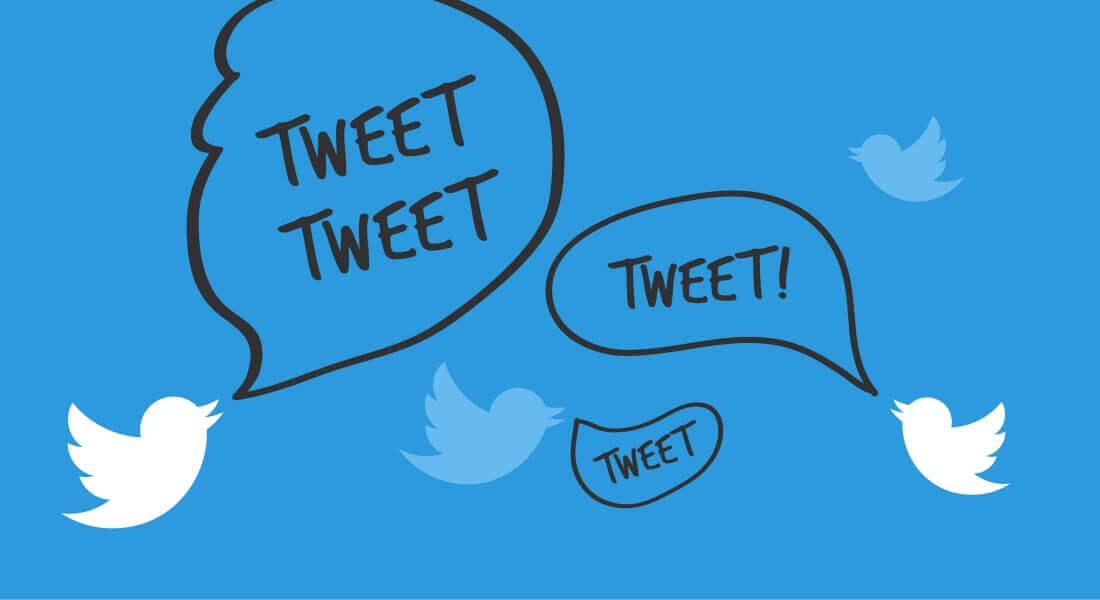In context: Twitter has long grappled with what to do with tweets from high-profile users who break the rules. The company has faced calls to ban figures like President Trump over concerns about hate speech and bullying, but has resisted on the basis that such tweets are 'newsworthy'. So now Twitter is looking into new labelling methods to contextualize rule-breaking tweets.
One of the biggest factors for the rise of Twitter was that it could function as a way for people to interact with major public figures. The 'blue tick' to authenticate high-profile users like celebrities and politicians meant for the first time people would have an instant means of communicating with their heroes. But over time that functionality has morphed from a blessing to a curse in many ways.
In 2017 Twitter stopped awarding new 'blue ticks', as they felt they were conferring status or validity to owners of ticked accounts. They realised that the blue tick could be seen as Twitter endorsing content that they deemed troubling. But that wasn't the only problem.
For years now Twitter has been faced with a conundrum: what to do with content that breaches their terms of use, but was written by high-profile, newsworthy sources? If they leave such posts up, they are tacitly agreeing that bullying, hate-speech or threats are legitimate ways to communicate on their platform, but if they remove the posts they risk interfering with public discourse (and, probably, losing users in droves).
Twitter has indicated that it is looking into new methods to label and disclose individual tweets that breach their rules but should stay 'live' for discussion.
In an interview with The Washington Post this week, Vijaya Gadde, global lead for legal, policy, trust and safety at Twitter, laid out one possibility for how the system would work. She suggested a warning could overlay rule-breaking tweets that users had to click and acknowledge before they could read the content, such as "this Tweet contains potentially dehumanizing speech."
It's an interesting approach, and one that could bring consistency. In February Twitter faced calls of hypocrisy after hiding a tweet from Iranian Supreme Leader Ayatollah Seyed Ali Khamenei after it breached rules by renewing the fatwa on Salman Rushdie.
